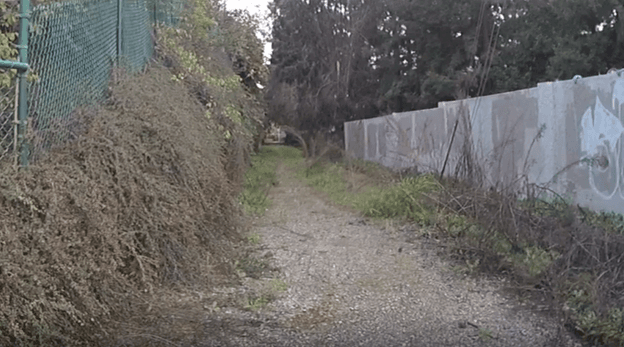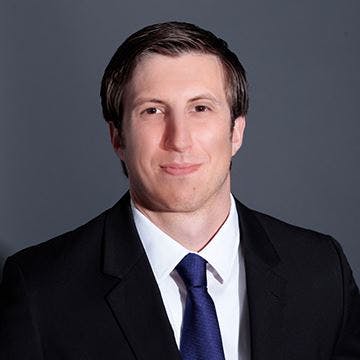
Seek and Illustrate the Truth -
Call Now 1-415-754-7772

Alleyway Mental Health Crisis OIS
A Santa Clara, CA city's police force responds to a mother's emergency call for her son, Jesus, who is having a mental health crisis and harming himself with a knife. Police attempt to subdue Jesus in his apartment, but he gives chase through a nearby park until he is cornered. He darts through the nearest gate, shutting it as officers close in.
Once the nearest officer can face Jesus on the other side, he claims Jesus set up to charge at him with the knife. He fires his taser, which fails to attach through the gate. He then draws his handgun and fires five bullets, killing Jesus at the scene.
His family files a wrongful death suit against the city with their legal team alleging lethal force was not necessary. Body-cam footage captured the entire event and would serve as the primary forensic evidence of the incident. In order to proceed with the best understanding of the incident, the legal team enlists 3D Forensic to fully analyze the event.

Challenges:
- Use the footage from two shaky body-worn cameras to determine the true threat Jesus posed to pursuant police officers
Solutions:
- Extract true measurements of distance and speed through laser-based photogrammetry
- Reverse-engineer the firing officer's true eye-level perspective
- Animate the incident from a subjective view
The only footage of the incident was captured through two body-worn cameras; one by the closest officer who led the chase and fired the fatal shots, and one from a separate trailing officer. With these two angles, the team could see the scene from multiple perspectives and camera-match the positions of everyone involved during the most critical moments.
Determining the true threat Jesus posed to the officer was crucial to validating the use of lethal force. After reverse-engineering the positions of the firing officer and the decedent, the team was able to animate the incident from an objective perspective.

3D Forensic calculated that when Jesus "charged" at the officer, he was only moving at about half a foot per second over a two-foot distance while about six feet away. A partially closed gate stood between them at the time. These factors affirmed the plaintiff's claim that the man had not violently charged at the officer or posed an immediate threat.
A frame-by-frame analysis of the officer's body-worn camera showed that a row of bushes did block the camera's view of the man's hands. However, since body-worn camera's perspective was about 14 inches lower than an officer's eye-perspective, the team worked to calculate the difference in perspective for the firing officer and his body-worn camera.
After repositioning to the firing officer's eye-level perspective, the team re-animated the incident from his viewpoint. The team verified that his true perspective would easily clear the row of bushes and would allow him to see the man's hands. Evidence from the ensuing investigation showed Jesus had left the knife in his room before the chase, ensuring he couldn't have been armed when shots were fired. This evidence was key in verifying that he did not "charge" at the officer with a lethal weapon, and that he could verify this fact.
Results:
3D Forensic's analysis played a major role in the city's decision to settle this case with the family out-of-court. After listening to the plaintiff side's arguments, the City of Santa Clara agreed to a $5.3 million settlement for the family of the decedent.
Civil Case Results: Pre-Trial Settlement of $5.3 Million
Link: San Jose Mercury Article on Settlement
**NOTE: Each case is affected by unique factors and requires an independent forensic approach. These case studies serve as general applications and are not universally applicable.
Talk to Our Forensic Team
Let Us Help You Seek & Illustrate The Truth
By submitting this form, I confirm that I have read and understood the 3D Forensic Privacy Statement.
"We have used Jason Fries and his team twice to create medical videos depicting complex surgeries. The videos impressed both the jury and the defense attorneys. Perhaps most helpful, Jason will work on short notice and provide a persuasive product."

Robert Igleheart
Rouda, Feder, Tietjen & McGuinn
